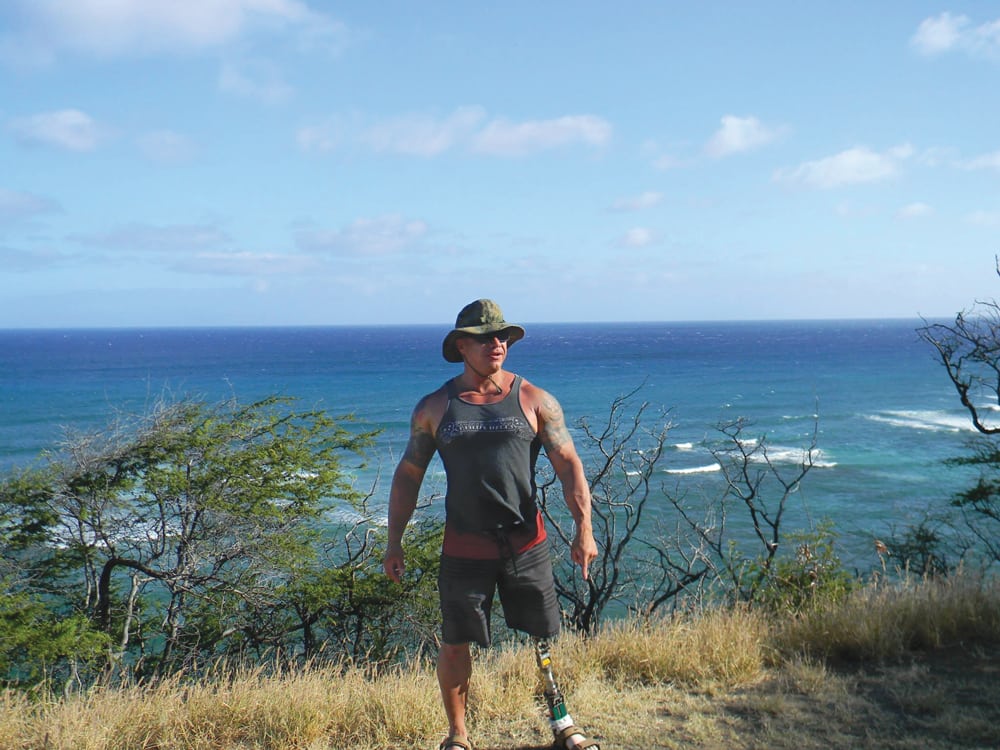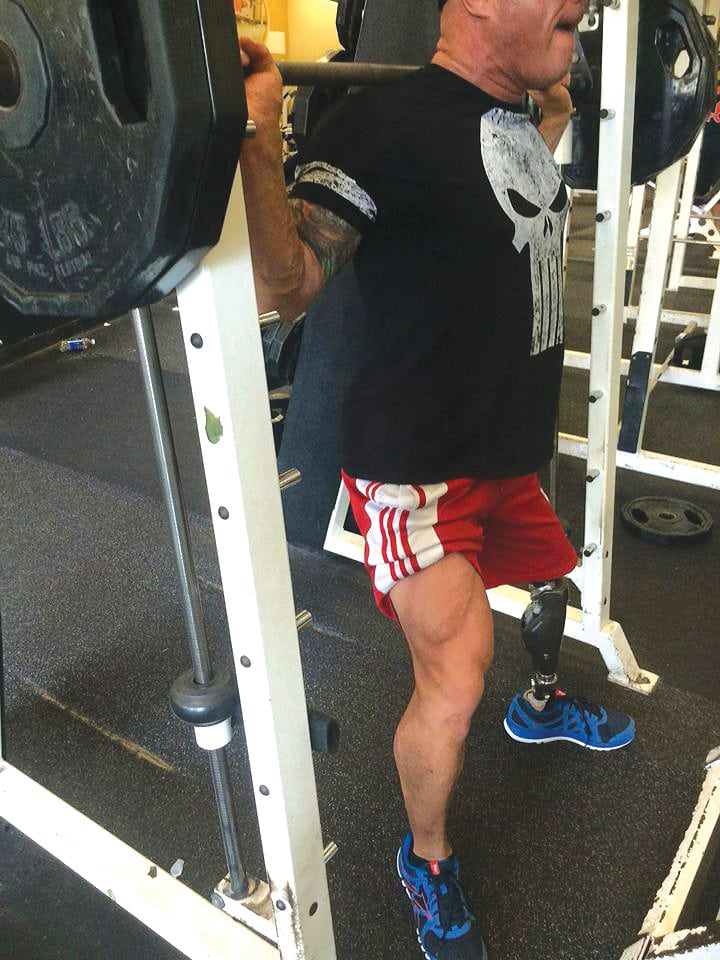[cmsmasters_row data_width=”boxed” data_padding_left=”3″ data_padding_right=”3″ data_top_style=”default” data_bot_style=”default” data_color=”default” data_bg_position=”top center” data_bg_repeat=”no-repeat” data_bg_attachment=”scroll” data_bg_size=”cover” data_bg_parallax_ratio=”0.5″ data_padding_top=”0″ data_padding_bottom=”50″ data_padding_top_large=”0″ data_padding_bottom_large=”0″ data_padding_top_laptop=”0″ data_padding_bottom_laptop=”0″ data_padding_top_tablet=”0″ data_padding_bottom_tablet=”0″ data_padding_top_mobile_h=”0″ data_padding_bottom_mobile_h=”0″ data_padding_top_mobile_v=”0″ data_padding_bottom_mobile_v=”0″ data_shortcode_id=”eg4i0n6kjo”][cmsmasters_column data_width=”1/1″ data_bg_position=”top center” data_bg_repeat=”no-repeat” data_bg_attachment=”scroll” data_bg_size=”cover” data_border_style=”default” data_animation_delay=”0″ data_shortcode_id=”8ql8mul3tl”][cmsmasters_text shortcode_id=”kk6czkxuls” animation_delay=”0″]
Amputation is much more than a physical loss. It is a permanent alteration of one’s natural body, usually accompanied by a significant change in self-identity. In most cases, people who experience limb loss find that the body heals more quickly than the mind. Emotional adjustment to limb loss runs through many stages, including anger, resentment, despair, and depression. Ultimately, coming to accept one’s new body, even with its limitations, is the key to a full, enriched life as an amputee. Reaching acceptance is a personal journey, and the process is longer for some people than others. No matter how long it takes, moving past the grief of loss begins with one step—a step toward the future through meaningful participation in life.
[/cmsmasters_text]
[cmsmasters_sidebar shortcode_id=”cbcz8sektm” sidebar=”adbutler-leaderboard”]
[cmsmasters_text shortcode_id=”jiq9x63yrd” animation_delay=”0″]
As San Diego’s Henry
Alvarez puts it, “You have to let go. You have to change your viewpoint from resentment to something more positive. For me, that meant not focusing on what I lost, but instead on gratitude just to be alive.”
Alvarez was 28 when he was involved in a fight that, as he puts it, “spilled outside where I was jumped by two guys, one with a knife.” He was stabbed in the hamstring, and the blade severed his femoral artery and sciatic nerve. He recalls, “I could feel myself slipping away. I was bleeding out at the scene.”
He was transported to the hospital in time to save his life. “The doctors were very encouraging at first,” says Alvarez. “But within a week, necrosis set in and there was no hope of saving the leg.” His left leg was amputated above the knee.

“I was depressed for quite a while. I was angry all the time, and looking back at it, my attitude held me back. I was in my own way, and I just had to change how I looked at the future.” His future began modestly but with enthusiasm.
“I can still remember the first time I put on a prosthetic leg, just the joy of walking. I went shopping with my mom, and just being able to move around made me so much happier than I had been for those first few months after the amputation.”
Still, Alvarez admits he struggled emotionally to adjust to life as an amputee. “I was angry about all the things I missed. I missed surfing and so many other activities that used to be so easy for me. I had to learn to accept that I would not be able to do things the same way I always had. That’s life after limb loss.”
One place where Alvarez felt at home was in the gym. He had been an avid weightlifter and casual bodybuilder since his teens, but it wasn’t until after he lost his leg that he felt motivated to give it his full attention. He has trained ever since and at 51 has a physique that is the envy of most people. He has competed in open competitions alongside two-legged bodybuilders and is every bit their equal.
Alvarez has also worked as a role-player for military first responders, which allows him to travel extensively and provide a valuable opportunity for emergency personnel
to learn their craft. “It’s rewarding,” he says, “to know that I’m helping other people learn how to save lives.”

His role-playing work led to jobs as an extra in film and television productions, and he has represented LIM Innovations at conferences and events. “I have a very full life,” he says.
“If I could say one thing to people just beginning to adjust to limb loss, it would be don’t give up and don’t limit yourself. Ask as many questions as you can. Don’t make the same mistakes I did at first. Get connected. Use the internet and find answers from people who’ve been through it. You might not be able to do what you used to, at least not the same way. But you can find a new way. It just takes effort and belief in yourself.”
Kyla Winters, another San Diegan living a full life after limb loss, is a quadruple amputee who lost both legs below the knee and the fingers on both hands to bacterial meningitis in 2009. Winters was rushed to the hospital in August of that year after nearly a day of increasingly severe symptoms. She told a friend that morning, “I’m dying.”

On her second day in the hospital, she suffered respiratory failure, several cardiac arrests, and the complete loss of kidney function. She clung to life for weeks while a team of professionals armed with the best technology and medication available battled alongside her. For two months, doctors fought to save her limbs, but in October it was clear that amputations were necessary.
Winters returned home in December, four months after her hospitalization, and spent ten hours a day for the next year on dialysis. But even while recovering from four amputations and enduring
a grueling course of life-
sustaining treatments, she knew she had to reclaim what she could of her previous life.
“Having a routine,” says Winters, “that’s what works for me. Working eight-to-five was out of the question. It was hard even to get out of the house. I was in bed, on the couch, or in a wheelchair, half the time hooked up to a dialysis machine. But I knew there was still something I could do.”
Prior to her illness, Winters spent more than a decade as the chief development officer of a local nonprofit organization serving men, women, and children who were experiencing homelessness. In 2006, she spearheaded the creation of a program offering hospice care for homeless people with terminal conditions, a project born from her master’s thesis research into mortality among that population.
“I just had to get back to work,” she says. “It helped me to get out of my own head and find a purpose.”

Winters began volunteering all the time she could to sustaining the hospice program and found that her own experience helped her connect with her clients. “It’s hard to dwell on your own issues,” she says, “if you’re supporting someone at the end of life.”
Nearly a year after her illness, doctors discovered a nodule on Winters’ thyroid, delaying a kidney transplant. After a thyroidectomy, she was cleared to receive a kidney from her identical twin, Liana Thomas. “I felt instantly better,” says Winters. “It was amazing. The day after the transplant, I was stronger and healthier than I had been in a year.”
Immunosuppressant medication, frequent nerve pain, complications from her thyroidectomy, multiple agonizing bone-lengthening procedures to reshape her residual hands, and other recurring issues are a constant part of Winters’ life. But her passion for community service has brought her full circle from her time facing near death.
Winters is an advocate and spokesperson for the National Meningitis Association (www.nmaus.org) and supports Women Empowering Living Donation (www.weldsd.org), Donate Life America (www.donatelife.net), the Alpha Project (www.alphaproject.org), and numerous other nonprofits and community groups, including the hospice program she launched ten years ago.
“I meet so many people struggling with the reality of limb loss,” she says. “In my peer support work, I meet people young and old from all walks of life, and I know that every person’s path to the future is different. But for everyone, healing means ticking that first box, achieving the first small triumph, and then little by little putting all the small accomplishments together. One success leads to another. There is life after loss.”
— WORDS Tony Phillips
[/cmsmasters_text][/cmsmasters_column][/cmsmasters_row]



